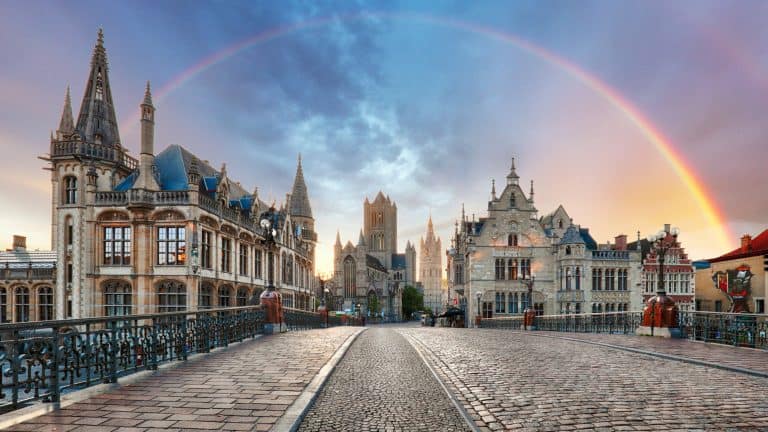Discover Parks & Wildlife contains affiliate links and is a member of the Amazon Services LLC Associates Program. If you make a purchase using one of the Amazon links, we may receive compensation at no extra cost to you. We may also use select AI tools to support our creative process, but all content is reviewed, refined, and finalized by our human team. See our disclosure policy and our AI use policy for more information.
12 Unforgettable Nature Photography Destinations Worth Planning A Year Ahead
Planning ahead gives you the gift of perfect timing, and for nature photographers, timing is everything. Some landscapes demand patience: seasons must shift, light must soften, and crowds must thin for it to be the perfect time to capture the image. And sometimes a year of preparation might mean catching wildflower blooms at their peak, glaciers before they retreat, or migrating herds in golden light.
Each destination here rewards foresight, offering the kind of conditions that only come when you’ve watched the calendar as closely as the sky. From remote tundra plains to rainforest trails, these places are best experienced with a camera ready and an itinerary built for precision. Because the months you spend planning can transform ordinary shots into unforgettable ones.
When we talk about nature photography, we’re really talking about how light, weather, and life align. Some locations allow just a few short weeks each year for that perfect balance. That’s why these destinations aren’t last-minute choices.
But the payoff is worth every spreadsheet and saved date. With careful planning, you’ll step into landscapes that feel timeless and alive, ready to capture images that reflect both patience and presence.
Iceland’s South Coast And Highlands
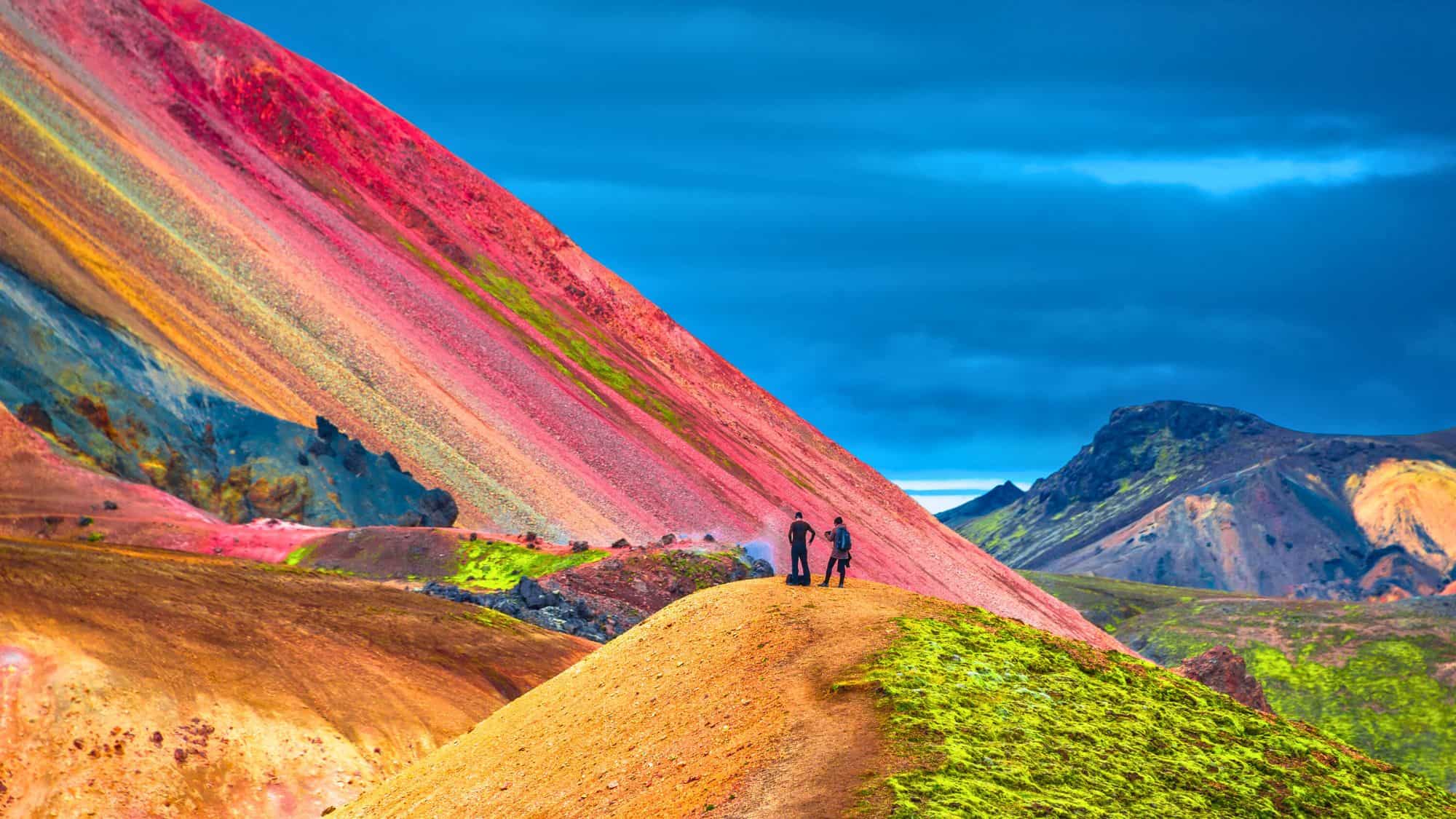
Iceland’s landscapes feel both ancient and alive, sculpted by fire, ice, and fleeting light. The short window between late June and early August opens access to the Highlands, a wilderness of shifting color and texture. Moss glows electric green across volcanic plains, waterfalls pour through mist, and twilight lingers so long it feels more like a pause than a night.
During this time, every hour holds its own hue, from pale silver dawns to evenings washed in gold. And those who plan early can navigate the restricted F-roads that lead to remote treasures like Landmannalaugar, where rhyolite mountains shimmer in tones of orange, pink, and cream. The roads require sturdy 4×4 vehicles and flexible scheduling, as weather changes swiftly from calm to wild.
Booking months ahead also means securing sought-after mountain huts, which fill quickly once the snow retreats. With patience, extra layers, and well-marked routes, you can frame waterfalls bursting from basalt cliffs, steam vents rising across the horizon, and rivers glowing under endless light.
Every scene feels elemental, shaped by contrast and motion, rewarding those who take the time to plan for Iceland’s fleeting summer and its extraordinary balance of raw power and soft illumination.
Patagonia’s Torres Del Paine National Park
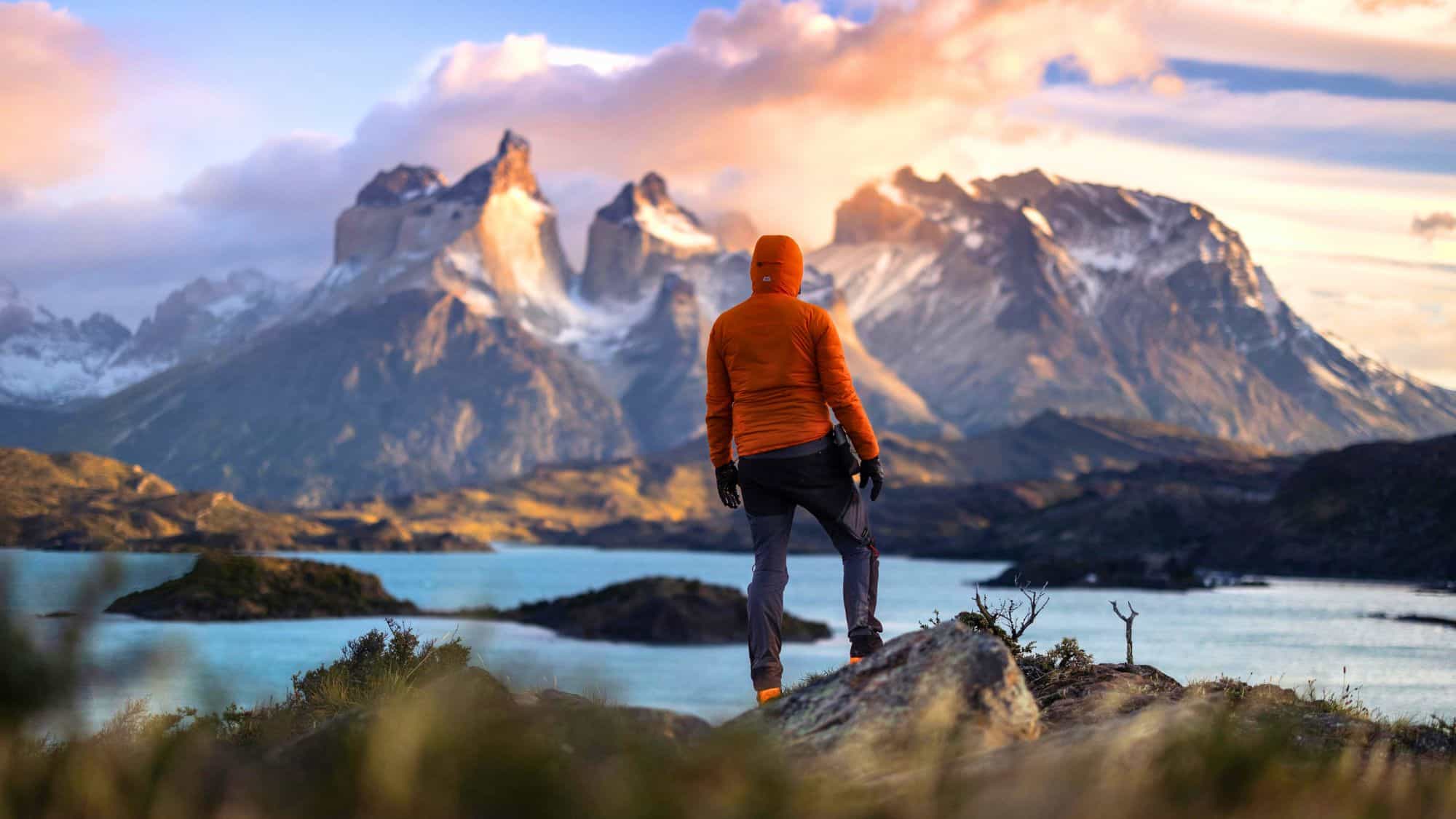
Patagonia’s Torres del Paine demands endurance, foresight, and respect for nature’s extremes. The park’s vastness, framed by the Southern Andes, calls for early reservations. Especially between October and March, when sunlight stretches long and the granite spires glow crimson at sunrise.
Planning a year out secures scarce spots in refugios or campsites along the famed W Trek, where glacier-fed lakes and towering peaks offer scenes that shift with every gust of wind. Those winds, often exceeding 60 miles per hour, define Patagonia’s rhythm. They tear through clouds, scatter light, and reveal hidden layers of blue and white across the landscape.
Waiting for the wind to calm becomes part of the craft, a test of timing and patience. The reward comes in that stillness, perhaps a reflection of Cuernos del Paine mirrored perfectly in turquoise water, or a herd of guanacos grazing against a horizon brushed with snow.
Every photograph taken here feels deliberate, shaped by endurance and luck intertwined. By planning far ahead, you gain the freedom to move with the park’s moods, staying long enough to witness the brief moments when Patagonia softens and everything aligns.
Tanzania’s Serengeti During The Great Migration
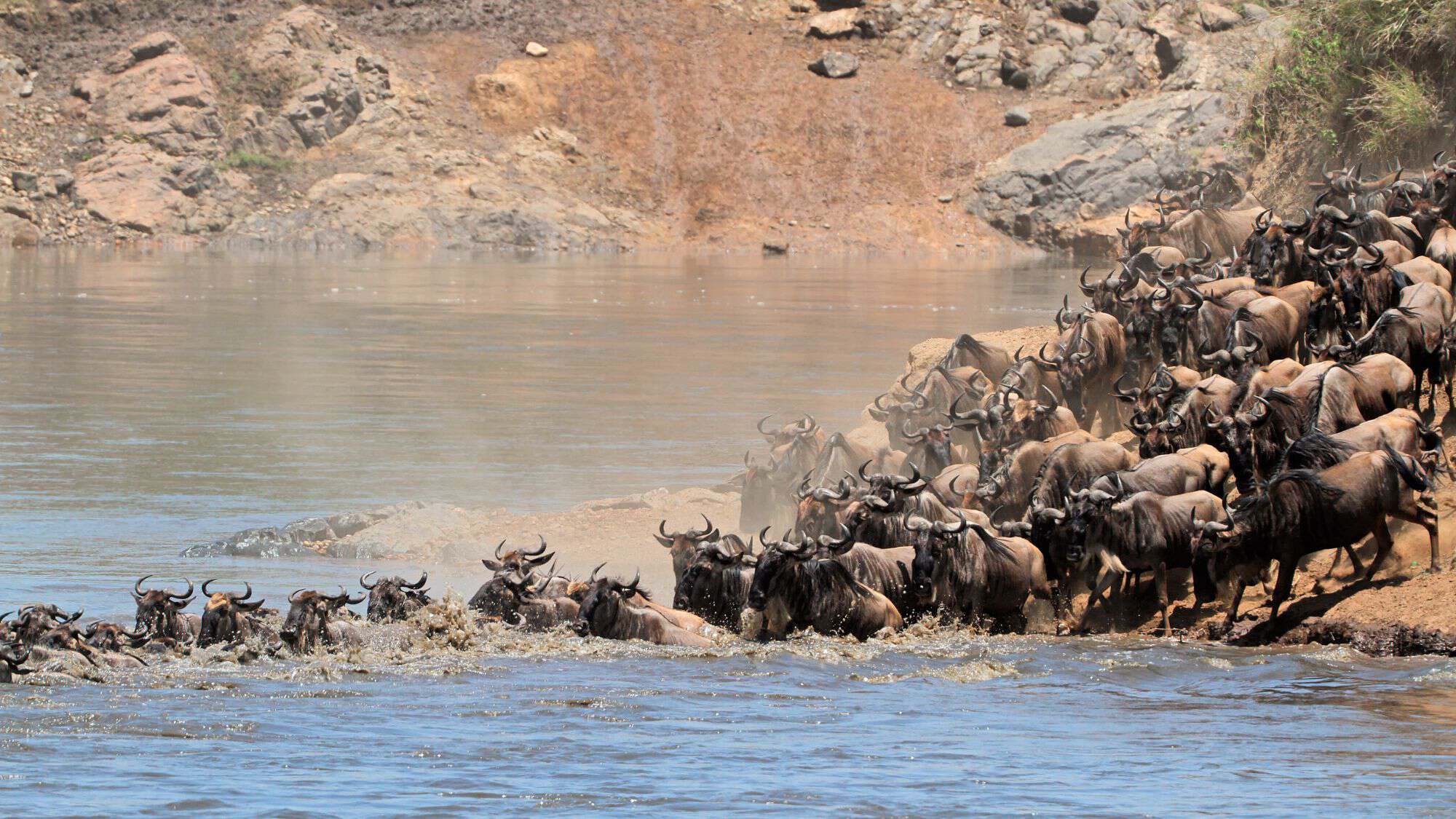
The Serengeti’s Great Migration is one of nature’s most intricate performances, unfolding over hundreds of miles in sync with the rains. Millions of wildebeest and zebra cross open plains and swollen rivers, shadowed by predators who wait for the right moment to strike.
To photograph this spectacle properly, planning a year ahead is essential. Camps near key crossing points along the Mara or Grumeti Rivers fill quickly, and seasoned guides (vital for tracking the herds) are booked long before the season begins.
Timing shapes everything. From January to March, the southern grasslands shimmer with new life as calves fill the plains. By June, dry winds drive the herds north, and in July or August, the most dramatic river crossings unfold. Each phase offers its own light and texture, from golden dawn dust to deep blue storm skies.
Careful preparation allows you to position yourself for moments that happen in seconds yet feel timeless: hooves churning through water, lions crouched in tall grass, or quiet silhouettes under a rose-colored dusk.
Canada’s Banff And Jasper National Parks

The Rockies of Banff and Jasper are defined by clarity. Think light that is as sharp as crystal, lakes the color of turquoise glass, and peaks that seem to hold the sky. A year’s preparation allows you to reserve scarce lodging near Moraine Lake, Peyto Lake, or along the Icefields Parkway before they vanish from availability.
These spots grant you dawn access to mirror-still waters when mist drifts low and the world feels hushed. Early light catches the peaks first, painting them in warm reds while valleys stay cool and blue.
As summer crowds fade, fall transforms the landscape. Late September brings larch trees burning gold against the granite slopes, and the air turns crisp enough to still the water’s surface into perfect reflections. A flexible itinerary helps you chase weather and light, as mountain conditions shift quickly from sun to snow.
In Banff and Jasper, the best photographs are often quiet ones: a shadow moving across a ridge, the ripple of wind through a meadow, or an elk stepping gently into a pool of color beneath the morning sun.
Japan’s Hokkaido In Winter
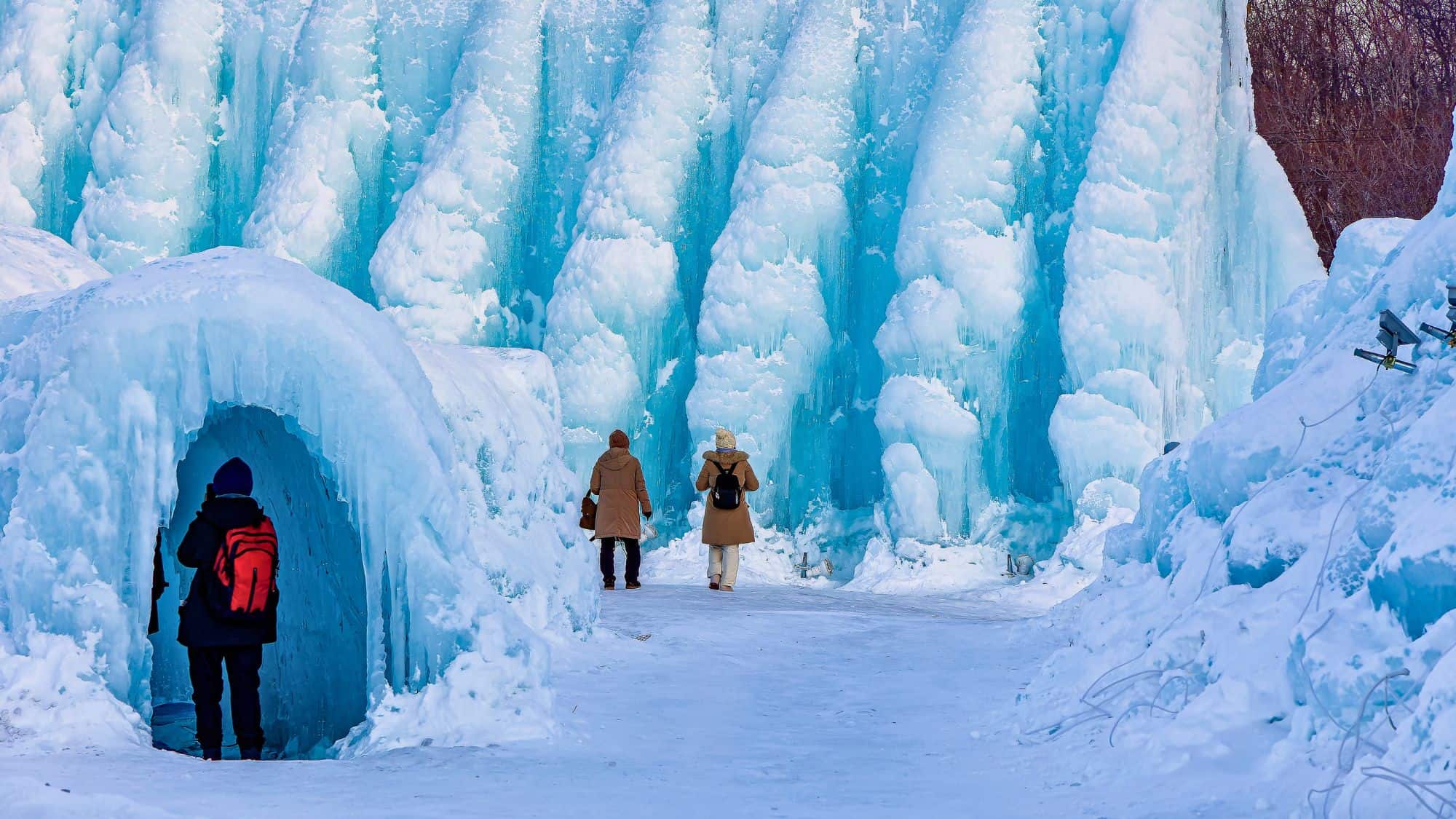
Winter in Hokkaido feels serene and deliberate, a landscape carved from snow and silence. January and February bring the island’s most photogenic conditions, when red-crowned cranes perform their courtship dances in white fields and Steller’s sea eagles drift above the frozen Sea of Okhotsk.
These moments draw photographers from across the world, and careful planning ensures a place among them. But accommodations and trains fill quickly during the Sapporo Snow Festival, so early reservations are essential for both comfort and access.
Days are short, but each one feels long in texture: the hush of snow-covered birch forests, the shimmer of ice under morning light, the soft clouds of breath against the cold. From Kushiro’s wetlands to the cliffs of the Shiretoko Peninsula, timing determines everything. Evenings invite rest in quiet onsen towns where steam rises through the snow, wrapping the day in warmth.
With careful preparation and respect for the season, winter here offers a pure kind of beauty. It’s still, minimal, and endlessly expressive.
Namibia’s Skeleton Coast And Sossusvlei Dunes
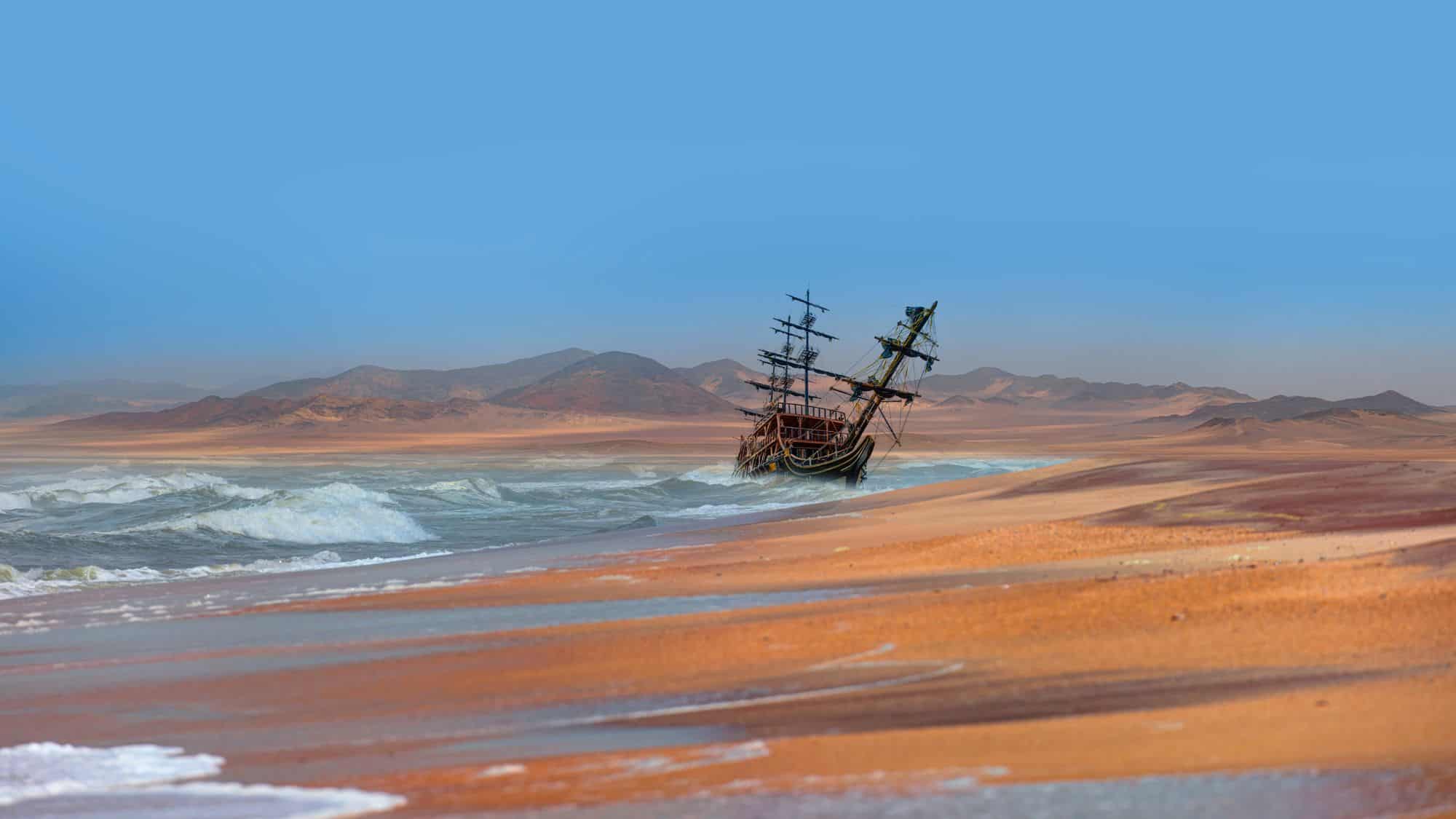
Namibia’s desert landscapes command both planning and endurance. Their power lies in contrast: light against shadow, silence against wind, red dunes against white salt pans.
Advanced preparation allows you to secure rare permits and 4×4 routes to reach remote gems such as Deadvlei, where the petrified trees stand motionless beneath dunes that shift color from crimson to ocher with each hour. These ancient forms invite precision, every photograph shaped by geometry and distance.
Between May and October, the dry season clears the skies and defines the sharp lines of the desert. Dawn light paints soft gradients across the sand, while evenings stretch in gold. Along the Skeleton Coast, morning fog drifts inland from the Atlantic, diffusing the brightness and turning shipwrecks into ghostly silhouettes.
The solitude feels immense, but that stillness is the heart of Namibia’s allure. But logistics here demand foresight. Fuel, water, and timing all must align, but the result is freedom in one of Earth’s most elemental landscapes. Those who plan ahead will find beauty in restraint, where composition depends not on abundance but on the simplicity of space.
New Zealand’s South Island

New Zealand’s South Island offers a world of extremes, where glaciers meet rainforest and mountain ridges plunge into deep fjords. And planning well ahead transforms a trip into an opportunity for precision, securing stays near Fiordland, Aoraki Mount Cook, or the mirrored lakes of the Mackenzie Basin before the summer rush.
Late spring and early fall strike the perfect balance between color and calm. In these seasons, lupines bloom along turquoise rivers, and the air turns crisp enough to still the water into glass. Helicopter flights to glacier plateaus and small-boat cruises through Milford or Doubtful Sound can be arranged months in advance, allowing you to reach remote perspectives few others see.
Each day on the South Island feels composed, the light ever-changing. By booking in advance, it’s about giving yourself time to breathe and to photograph moments when this dramatic terrain reveals both its grandeur and its quiet grace.
Alaska’s Denali National Park
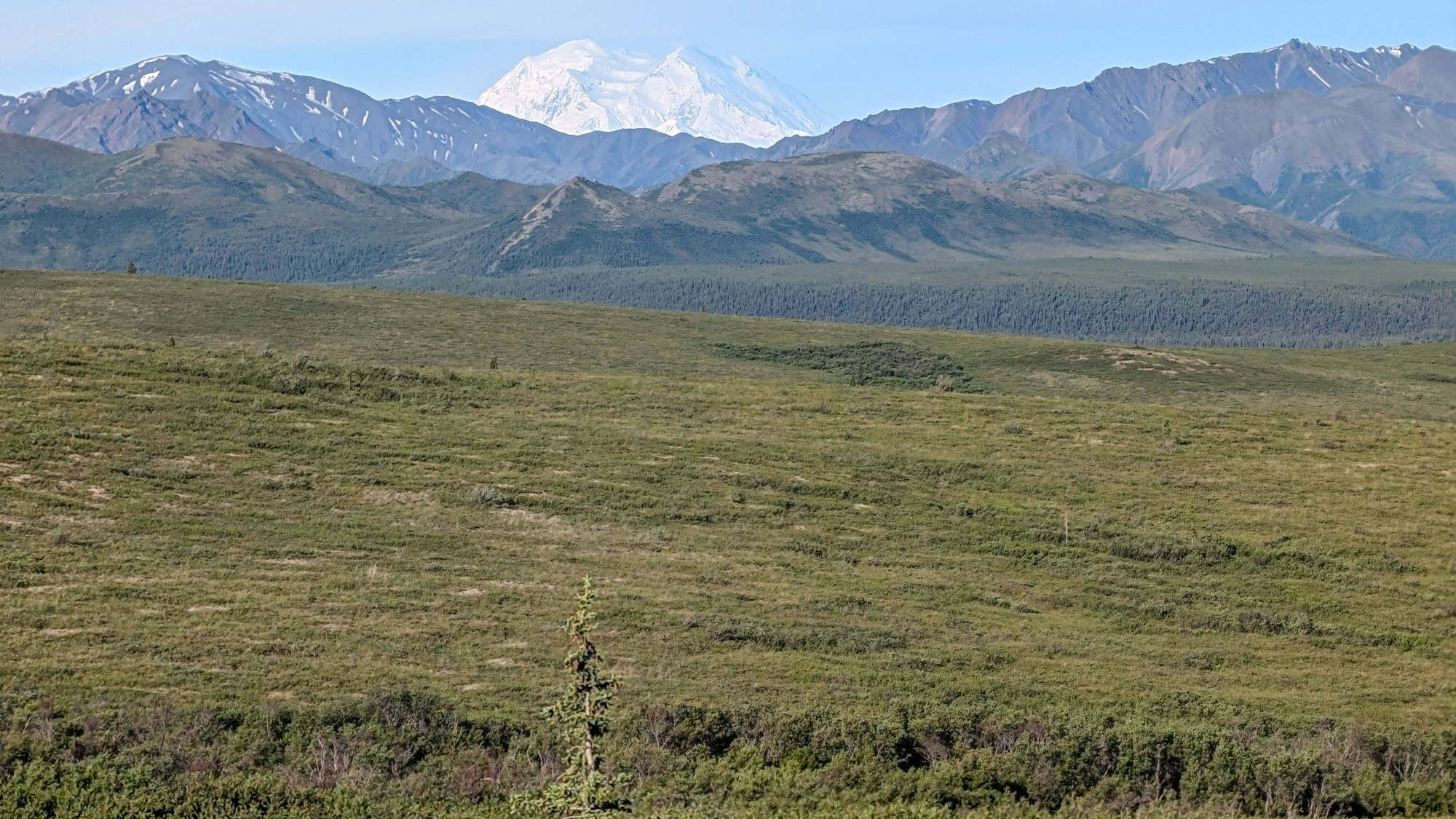
Denali is a place where scale defies comprehension. Its centerpiece, North America’s tallest peak, rises more than 20,000 feet above a wilderness of tundra, forest, and ice. Because access is limited, planning far ahead is vital.
Only a handful of private vehicle permits allow travel deep into the park, and they sell out within hours of release. Those secured early can photograph sweeping valleys, braided rivers, and the immense mountain glowing pink at sunrise on your own timetable.
The best window falls between June and early September, when wildlife is most active and daylight lingers late into the night. Moose, caribou, and grizzly bears roam freely across the plains, and the light shifts slowly, revealing subtle color in the vast horizon.
Fog can obscure the peak for days, which makes patience essential. A flexible itinerary allows time to wait for the mountain to emerge, suspended above the clouds in fleeting clarity. Early reservations also open access to guided backcountry trips, where solitude reigns. After all, Denali rewards those who prepare and persist.
Scotland’s Highlands In Fall
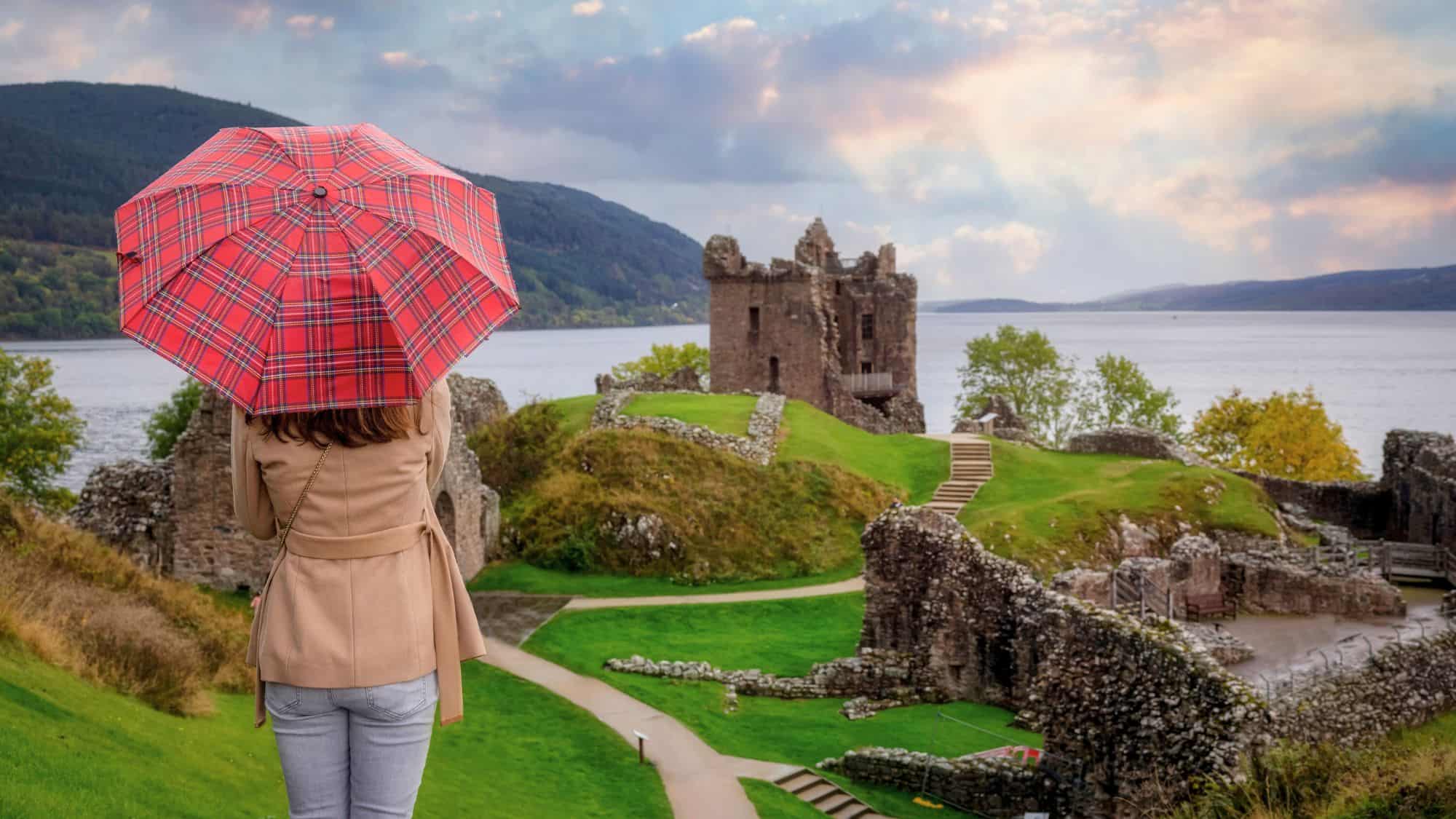
Fall in the Scottish Highlands feels painted by hand, each valley brushed with gold, copper, and fading green. By late September, birch and rowan trees blaze with color, and cool air sharpens the scent of peat and pine.
Early bookings are essential, as remote inns and lodges near Glen Coe, Rannoch Moor, and Loch Tummel fill quickly during the brief, luminous season. And light here is everything, soft and fleeting, especially at sunrise when mist curls across the moors, or at dusk when shadows deepen between the glens.
A year’s notice opens the chance to explore the quieter reaches of Torridon and Assynt, where lochs mirror the sky and silence feels absolute. Narrow single-track roads wind between heather-clad hills, rewarding patience with moments of stillness and layered reflection. Rain may come and go within minutes, changing the colors of rock and water in an instant.
Each photograph carries the feeling of movement suspended, the air cool and alive with history. The Highlands invite unhurried observation, the kind that turns shifting weather into art. Here, fall’s beauty is brief but complete, a convergence of color, solitude, and the soft hum of wind through the glens.
Galapagos Islands

The Galapagos Islands remain one of the world’s most protected environments, a living laboratory where time and evolution seem slowed. Access is limited and highly regulated, which makes early planning crucial for photographers.
Permits, yacht berths, and guided routes must often be secured a year in advance to align with seasonal wildlife events. Think nesting blue-footed boobies, courting waved albatross, or sea turtles hauling ashore under starlight. Every month tells a different story, and working with naturalist guides helps match your visit to the most active cycles.
Because the archipelago straddles the equator, the interplay between wet and dry seasons shapes both land and sea. From December through May, the islands glow green and humid, ideal for capturing vibrant life and calm seas for underwater photography. The cooler months bring rougher surf, dramatic skies, and denser wildlife gatherings.
The isolation enhances every frame: marine iguanas sunning on black lava, penguins darting through clear shallows, or frigatebirds ballooning their crimson throats. In this far-flung place, each photograph feels earned, a quiet record of life thriving where land and ocean meet.
Northern Italy’s Dolomites

The Dolomites rise from northern Italy in sculpted walls of limestone, their pale faces shifting from silver to pink as the light changes. These mountains offer drama in every direction, but access and weather demand precision.
Booking rifugios or high-mountain lodges a year ahead ensures dawn and dusk vantage points right beneath the peaks. Between late June and September, trails are open and meadows bloom with wildflowers, while long daylight hours extend shooting opportunities from alpine sunrise to violet dusk.
Morning mist often drifts through valleys like low smoke, revealing only fragments of ridges before the sun cuts through. Peaks such as Tre Cime di Lavaredo or Seceda reward early risers with perfect symmetry between light and form.
Fall adds another layer, when larch forests turn and the air clears into a crisp stillness ideal for sharp, golden light. The Dolomites reward those who wait, balancing motion and stillness in every frame.
Norway’s Lofoten Islands

The Lofoten Islands sit above the Arctic Circle, where the meeting of sea and mountain creates a landscape that feels both raw and poetic. Planning a year in advance secures a place in limited rorbu cabins and ferries during key seasons.
Summer brings endless daylight and soft, lingering color, while winter offers darkness illuminated by the aurora’s shifting glow. Both demand timing and readiness; the weather turns quickly, and the best light often lasts only minutes.
Late February to early March offers balance. It’s a return of sunlight while snow still caps the peaks. During this brief window, pastel skies stretch over icy bays where fishing boats drift through mirror-still reflections. And careful preparation allows for excursions into remote fjords, accessible only by small boats, where glassy waters double the jagged silhouettes.
In Lofoten, light feels alive, moving across sea and rock with quiet precision, rewarding those who plan ahead to stand ready when beauty finally settles into place.
Like Our Content? Follow Us on MSN (or click the Follow Button above) for more from Discover Parks & Wildlife.
12 Unbelievable Iceland Locations That Belong in Your Photo Album

Ever thought about cramming your life with images that scream, “I’m far more adventurous than you!”? Well, then, pop into the breathtaking insanity of these Icelandic locations that’ll make your friends question both your sanity and their own travel plans.
12 Australian Natural Marvels That Are Pure Magic for the Soul

Buckle up for an adventure through the wild wonders of Australia that might just make your heart do backflips. Who knew a bunch of rocks and natural phenomena could inspire such soulful revelations?


